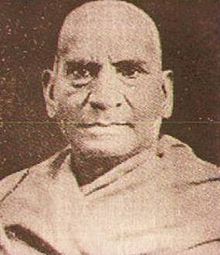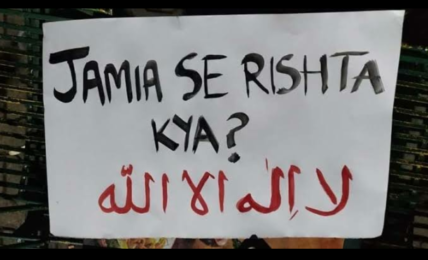Kalinga Invasion of Sri Krishna Deva Raya
Krishna Deva Raya's invasion of Kalinga was a clinical execution in which the borders of Kalinga was pushed from Nellore to Cuttack itself. In spite of that, neither Vijayanagara wanted to disrespect the Gajapati nor the Gajapati treated Krishna Raya a bigger enemy than the Muslims of Bengal. Kalinga lost all lands till Krishna River but gained territories in the North during this invasion.







